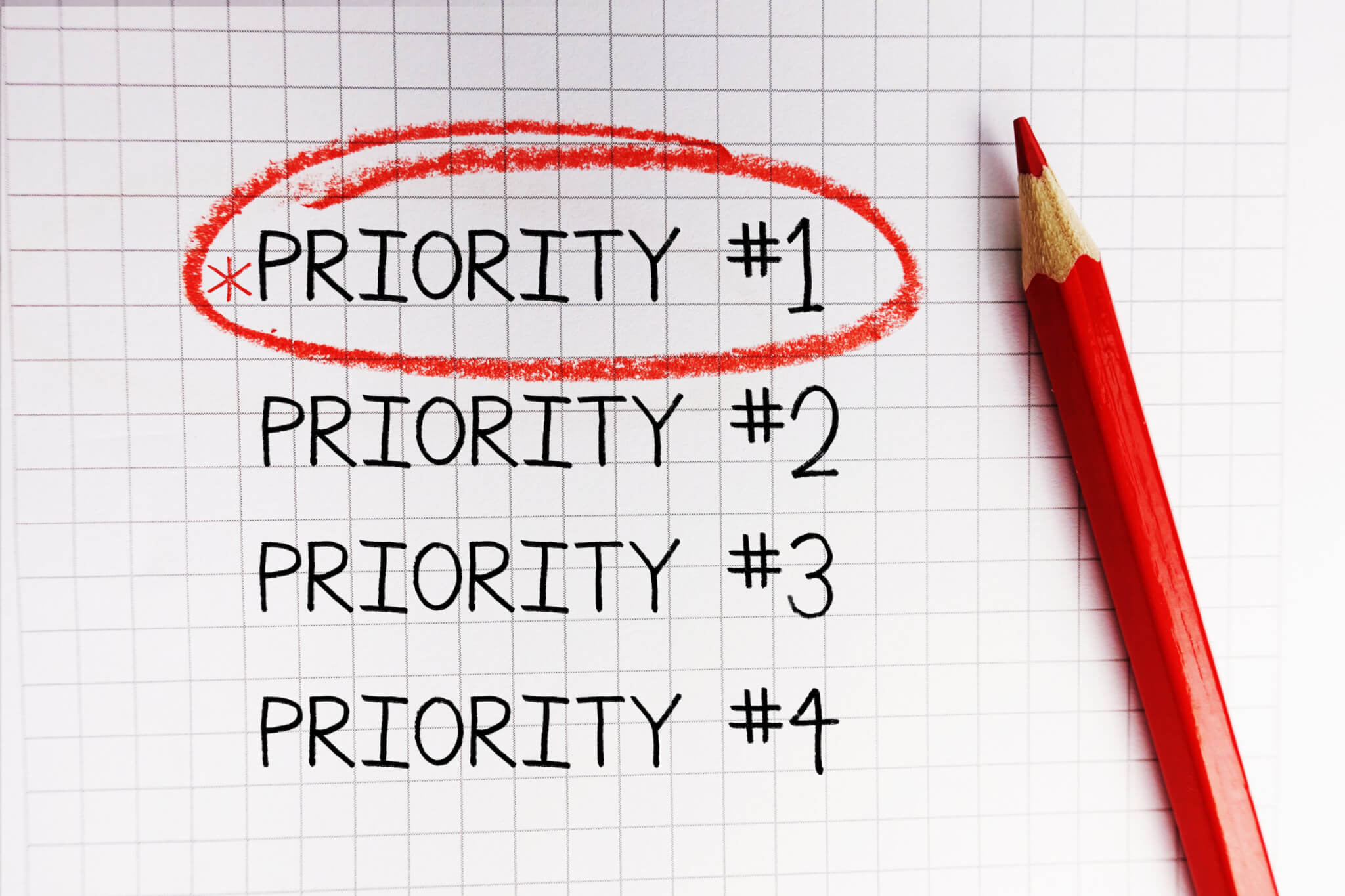Hey, Mr. Repairman
During the pandemic, we have seen two dual issues with repairs and preventative maintenance.

To minimize exposure to the coronavirus, emergency or critical repairs that affect habitability should be prioritized. If the repair is not urgent, tenants can be politely told the repairs will have to be delayed.
Nonetheless, the landlord or property manager may find that it is necessary to enter the premises to perform preventative maintenance or fix problems that if left untreated, could lead to deterioration of the building. Yet gaining access to the building has proven more difficult with tenants afraid of contagion.
So, we have tenants who are eager to let the repairman into their apartment, only to be told the repair could wait, and maintenance personnel who are obstructed when the tenant will not let them in. Let’s discuss both scenarios.
Repair requests by tenants
Some renters demand immediate fixes to a loose doorknob or a window that doesn’t shut all the way. The landlord or property manager sometimes has to re-prioritize these requests in the age of COVID, focusing on the most urgent tasks that solve genuine habitability issues like an overflowing toilet or broken heater. Hopefully, reasonable tenants will understand that some repair items will have to be temporarily put on hold. Now may not be the most ideal time to repaint walls, upgrade appliances, and otherwise make cosmetic improvements.

What gets precedence in repair requests?
A judgment call should be made - is the repair essential or non-essential? There is a warranty of habitability implied in every California residential rental agreement, meaning that landlords are required to maintain units in a habitable condition. California Civil Code 1941.1 delineates what are considered must-haves for rental units:
(1) Effective waterproofing and weather protection of roof and exterior walls, including unbroken windows and doors.
(2) Plumbing or gas facilities that conformed to applicable law in effect at the time of installation, maintained in good working order.
(3) A water supply approved under applicable law that is under the control of the tenant, capable of producing hot and cold running water, or a system that is under the control of the landlord, that produces hot and cold running water, furnished to appropriate fixtures, and connected to a sewage disposal system approved under applicable law.
(4) Heating facilities that conformed with applicable law at the time of installation, maintained in good working order.
(5) Electrical lighting, with wiring and electrical equipment that conformed with applicable law at the time of installation, maintained in good working order.
(6) Building, grounds, and appurtenances at the time of the commencement of the lease or rental agreement, and all areas under control of the landlord, kept in every part clean, sanitary, and free from all accumulations of debris, filth, rubbish, garbage, rodents, and vermin.
(7) An adequate number of appropriate receptacles for garbage and rubbish, in clean condition and good repair at the time of the commencement of the lease or rental agreement, with the landlord providing appropriate serviceable receptacles thereafter and being responsible for the clean condition and good repair of the receptacles under his or her control.
(8) Floors, stairways, and railings maintained in good repair.
Pandemic or not, California’s implied warranty of habitability remains.
Property owners can still be sued for substandard conditions, and the landlord’s failure to maintain a habitable unit still can tank an unlawful detainer (eviction) action.
While some discretion should be used in making minor repairs, then, any issues that put the unit in a state of inhabitability should be addressed without delay.
Requests by landlords and property managers
Clearly, buildings need some care and festering problems need to be fixed before they worsen, but getting access to the unit may not be so easy. This has been true in every season, as tenants have been known to go through great lengths to conceal the conditions of the dwelling, perhaps hiding instances of hoarding, cannabis growing, and all sorts of other defects or illegal/unauthorized activity that would incur the ire of the landlord. Indeed, we have seen tenants not open the door to exterminators, even when the unit is ravaged with bed bugs.
Now, however, there are legitimate concerns by tenants that contractors and maintenance personnel can contaminate their apartment with COVID. The landlord’s goal should be not to pick a fight with a tenant who is reluctant to let anyone into the apartment but rather, to assuage their concerns. You can inform them that the best practices are being used, in terms of social distancing, using personal protection equipment (PPE), and the like. Perhaps you can cite the Center for Disease Control's guidelines on hiring in-home service providers.
Diplomacy and compromise are still the order of the day
In a pre-COVID world, serving a three-day notice to compel access to the unit or risk eviction might be a more attractive option, but not today. Landlords and property managers are advised to make every attempt to work something out with the renter, on the tenant’s terms, with a clear explanation of safety protocols.
Whether the tenant agrees to run some errands for a bit, stay in a separate room with a coffee on the landlord, or in rare circumstances putting up the tenant in a motel room, compromise and concessions can be made for workers to access the rental unit in the least intrusive - and safest - manner possible.
We don’t need to tell you that these are unprecedented times for the rental housing industry, but by thinking smartly and strategically, we can power through many challenges. Of course, Bornstein Law is ready to assist toward that end.

